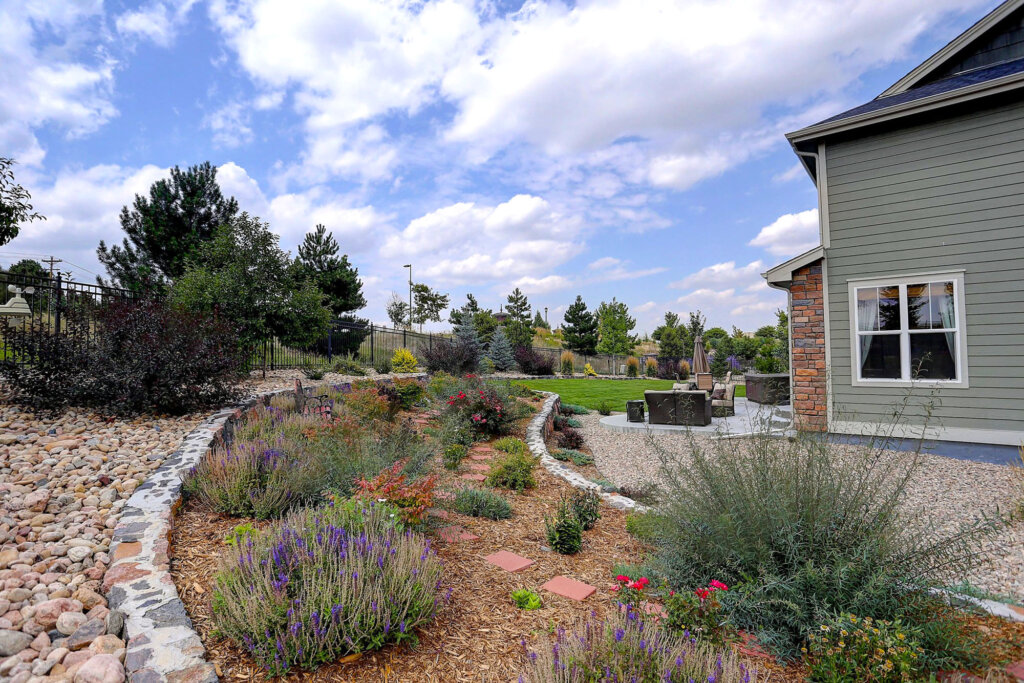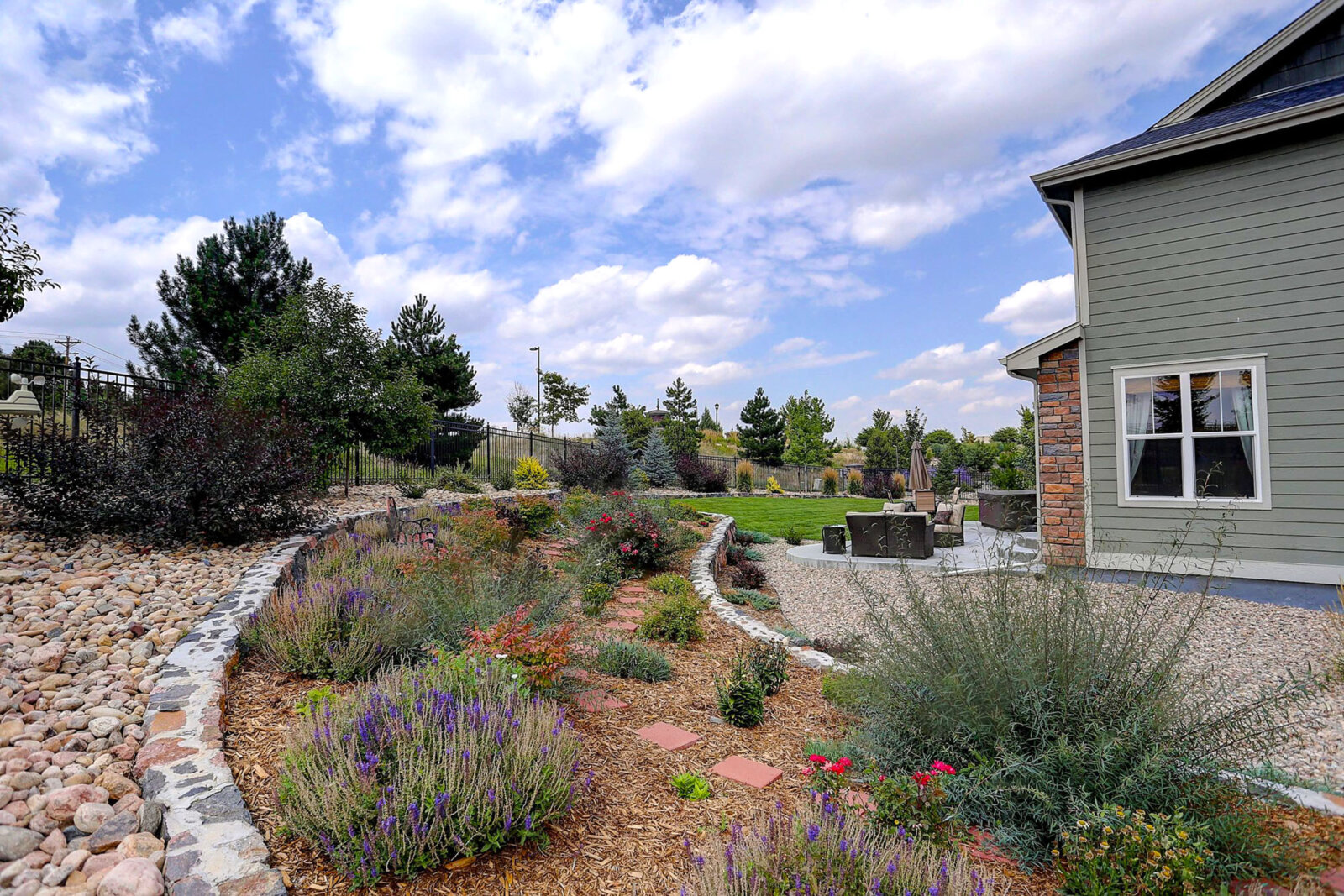Defensible Space & Drought
Maintaining defensible space during times of drought to protect your home against wildfires.

Defensible space during droughts
CAL FIRE promotes fire-resistant materials and defensible space for reducing wildfire risks. Well-maintained, strategic landscaping is crucial in this approach.
In droughts, it’s important to remove dead vegetation to minimize fire hazards, as part of a fuel management program by CAL FIRE and the California Department of Water Resources DWR. This program helps prevent fires caused by embers or flames.
Balancing a fire-safe landscape with water conservation involves wise water use, selecting drought-resistant plants, and understanding effective plant placement and maintenance. This strategy not only conserves water but also creates a safe, attractive environment.
Landscaping tips
In drought conditions, maintaining defensible space becomes a balancing act between reducing wildfire risk and conserving water. Here are some key strategies to achieve this balance:
- Clear dead or dying weeds, grass, plants, shrubs, trees, and other debris (leaves, needles, cones, bark, etc.)
- Regularly inspect and clean roofs, gutters, decks, balconies, and stairways of vegetative debris
- Adopt landscaping practices that focus on fire resistance, not just aesthetics
- Focus on plant characteristics that resist the spread of fire
- Conserve water while creating a fire-safe yard
- Use gravel, pavers, and concrete as mulch, particularly within 5 feet of your home
- Avoid using flammable bark or mulch
- Trim trees regularly to keep branches a minimum of 10 feet from other trees.
- For more on fire smart landscaping, visit our Fire Smart Landscaping page.
Learn more about water-smart fire safety
For additional guidance on maintaining your landscape in a water-efficient manner while ensuring fire safety, explore these resources:
Download our fire smart, water wise fact sheet
Do you want to learn more about minimizing water waste while protecting your home from potential wildfires? Download our free fact sheet now.
